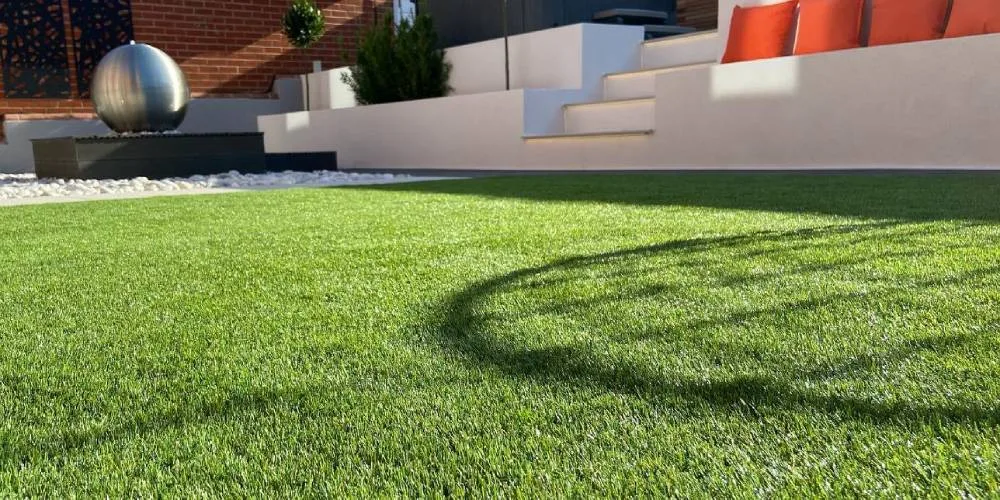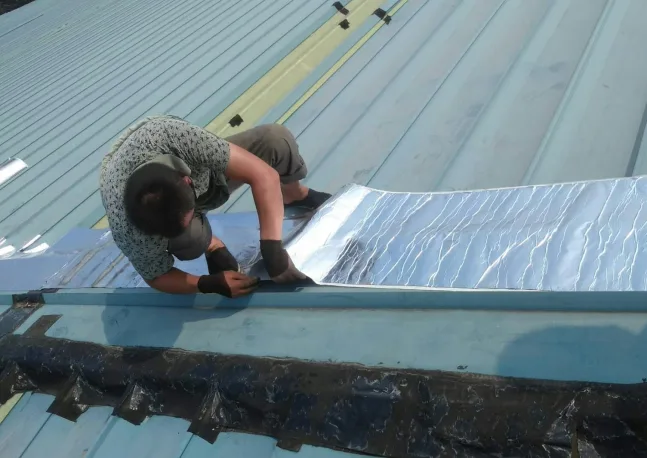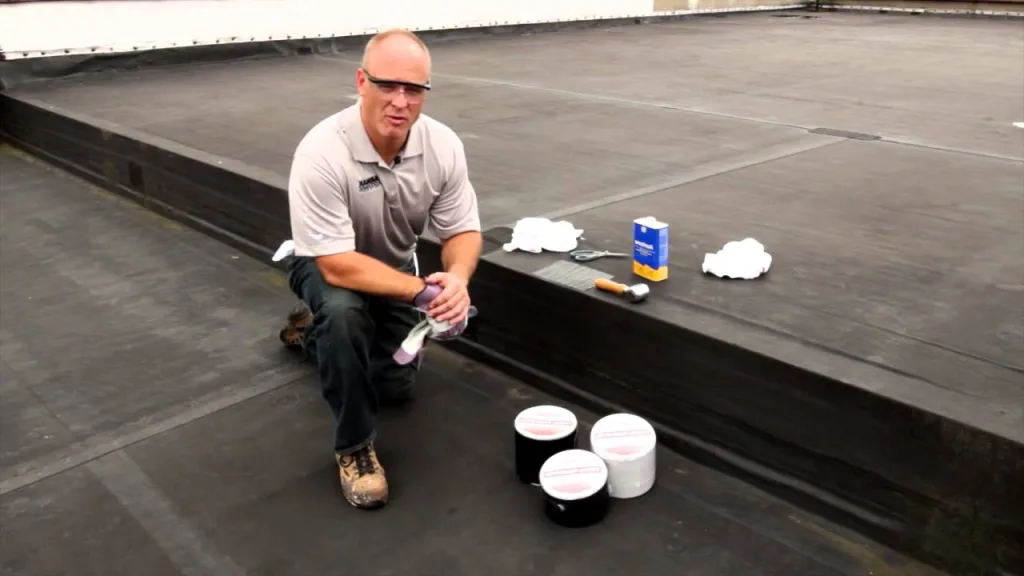Have you ever struggled to find a single product that can waterproof a roof, seal metal panels, and fix RV windows with absolute reliability? Meet butyl tape, the unsung hero of sealing and bonding projects. This versatile adhesive solution has quietly earned its place as a must-have tool in construction, automotive, marine, and even home DIY projects. In this article, we’ll explore what makes butyl tape so dependable, its common specifications, and 9 different, practical ways to use it across industries and everyday life. Whether you’re fixing a leak or working on a major construction project, you’ll walk away with a newfound respect for this powerhouse product.
What Characteristics Does Butyl Tape Have?
Butyl tape is a synthetic rubber-based adhesive known for its excellent waterproofing, flexibility, and durability. Unlike ordinary tapes, it doesn’t dry out, crack, or shrink over time, making it a long-term solution for both indoor and outdoor applications. One of its standout features is its ability to adhere to a wide range of surfaces, including metal, wood, glass, concrete, plastic, and masonry.
This tape is also highly resistant to UV exposure, temperature extremes, and chemical corrosion, which is why professionals in demanding fields like construction, marine maintenance, and automotive repairs rely on it. Whether it’s scorching summer heat or freezing winters, butyl tape maintains its strong sealing properties. Its non-hardening nature allows it to stay pliable for years, providing a consistent, airtight seal no matter the conditions.
What Are the Common Sizes and Specifications of Butyl Tape?
Butyl tape comes in various sizes, widths, and thicknesses to suit different applications. The most common widths range from ½ inch to 4 inches, and it is typically sold in rolls that are 10 to 50 feet long. For heavy-duty projects, thicker variants provide added durability and sealing strength, while thinner tapes are ideal for detailed and smaller repairs.
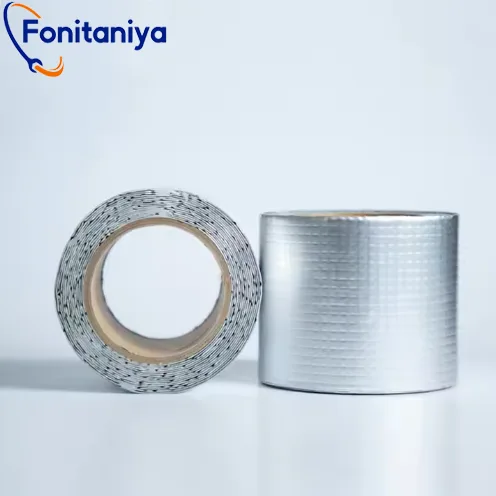
Some butyl tapes are reinforced with aluminum foil backing, known as butyl foil tape, to enhance strength and heat resistance. This makes them particularly useful for applications like HVAC systems or metal roofing. Waterproof butyl tape is often double-sided to provide superior bonding and sealing properties in situations requiring a watertight finish. Whether you’re looking for a flexible tape for irregular surfaces or a reinforced version for extreme environments, butyl tape offers a tailored solution.
9 Different Uses of Butyl Tape
Temporary Fix for Leaks in Roofs, Gutters, or Piping
A sudden roof leak during a storm can be a nightmare. Butyl tape works wonders as a quick, temporary fix for sealing cracks in roofs, gutters, or pipes. Its strong adhesion to various surfaces means it can bond to shingles, tiles, and metal without requiring tools or curing time. Roofing professionals often rely on waterproof butyl tape as a stopgap measure before permanent repairs can be made.
Seal Metal Ductwork in a Climate Control System
Climate control systems depend on airtight ductwork to function efficiently. Even small leaks can cause energy loss and reduce system performance. By applying butyl tape to the seams and joints of metal ducts, contractors can create a robust, flexible seal that blocks air leaks and resists temperature variations. Studies show that proper duct sealing can improve HVAC efficiency by up to 30%.
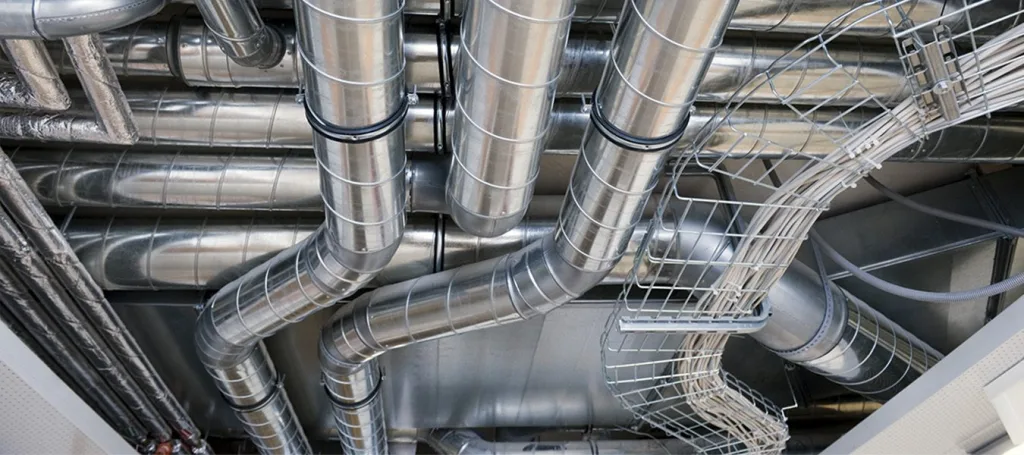
Adhere Moisture Barrier to Masonry Walls of Crawlspace or Cellar
Moisture infiltration in crawlspaces or cellars can lead to mold growth and structural damage. Butyl tape is ideal for securing vapor barriers to masonry walls. It bonds tightly to concrete and remains unaffected by damp conditions, creating an effective barrier against moisture and humidity. Its flexibility allows it to conform to uneven surfaces for a seamless seal.
Apply Between Joists and Flashing on Deck Construction Projects
Deck construction involves protecting joists and flashing from water damage. Butyl tape acts as a waterproof barrier between these components, preventing water infiltration that could lead to wood rot. Builders often prefer butyl tape for its easy application and long-lasting performance, particularly in areas prone to heavy rain.
Create Waterproof Seal When Bedding Ports, Hardware, or Equipment to Marine Craft
Marine environments are unforgiving when it comes to water intrusion. Butyl tape is widely used in the boating industry to create waterproof seals when installing ports, hardware, or equipment onto a vessel’s surface. Its superior resistance to saltwater, UV exposure, and temperature changes ensures durability even in harsh marine conditions.
Seal Screw and Bolt Entry Points
Screws and bolts create weak points in surfaces where water can seep through. Butyl tape can be wrapped around the entry points of screws and bolts to provide a waterproof seal. This application is particularly valuable in roofing, siding, and automotive maintenance, where long-term protection against leaks is critical.
Create a Waterproof Seal When Installing Vents, Wiring, or Pipes
When installing vents, wiring, or pipes, gaps can often occur around the edges. Butyl tape effectively seals these openings, ensuring a watertight finish. It is widely used in construction, particularly in areas requiring reliable waterproofing without the mess of liquid sealants.
Replace Original Sealant Around RV Windows
RV owners know the frustration of leaks caused by aging sealants around windows. Butyl tape is a perfect replacement, offering an easy-to-apply solution that remains flexible and watertight for years. Many RV repair specialists prefer butyl tape because it can withstand vibrations and temperature fluctuations during travel.
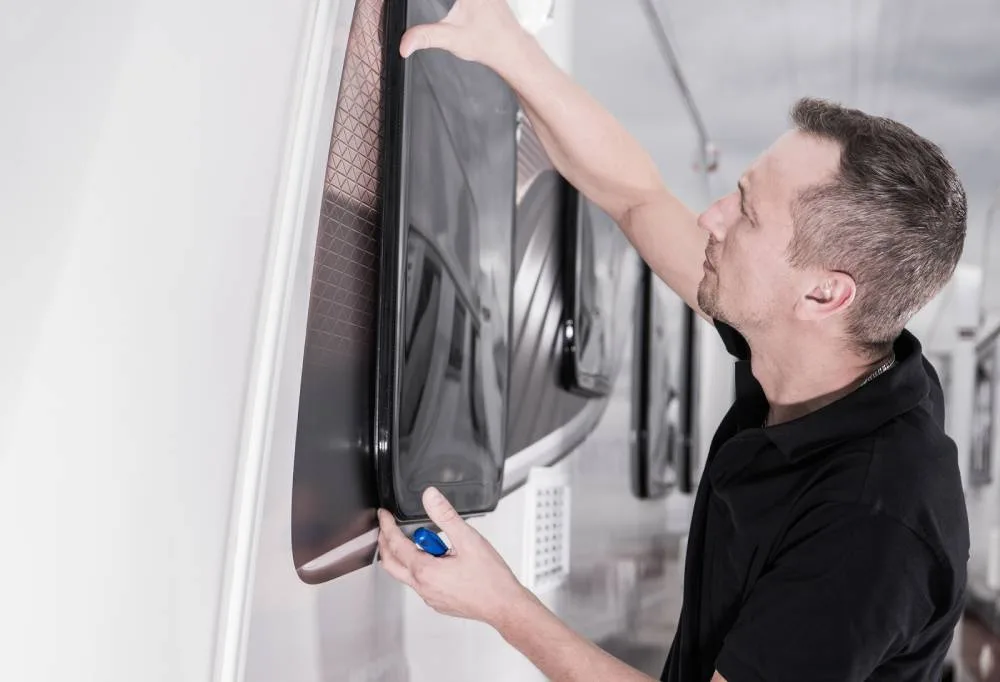
Creating a Waterproof Seal Between Metal Roofing or Metal Siding Panels
In metal construction projects, butyl tape plays a key role in sealing the seams between roofing or siding panels. It creates an airtight, waterproof seal that prevents water and air infiltration, increasing the longevity of the structure. Contractors rely on butyl foil tape for its heat resistance and ability to bond strongly to metal surfaces.
Conclusion
From construction sites to boats, HVAC systems to RVs, butyl tape is a versatile solution for sealing and bonding projects where performance matters most. Its ability to adhere to multiple surfaces, remain flexible, and provide waterproofing in even the harshest conditions makes it a favorite among professionals and DIY enthusiasts alike.
At Fonitaniya™, we’ve been innovating adhesive solutions like butyl tape for over 15 years, helping industries worldwide tackle tough sealing challenges. Whether you need a durable tape for roofing, ductwork, or marine applications, our specialty products ensure reliability and performance.
FAQs About Butyl Rubber Tape
What makes butyl tape different from other tapes?
Butyl tape remains flexible, doesn’t dry out, and provides long-lasting waterproof seals, making it superior to standard adhesives.
Can I use butyl tape in high-temperature environments?
Yes, butyl foil tape is designed to withstand extreme temperatures, making it ideal for HVAC and metal roofing projects.
Is butyl tape easy to remove?
While it bonds strongly, butyl tape can be removed without leaving residue, unlike many liquid sealants.
Where can butyl tape be used?
Butyl tape is versatile and can be used in construction, automotive, marine, and DIY projects for sealing, bonding, and waterproofing.
How long does butyl tape last?
With proper application, butyl tape can remain effective for years due to its durability and resistance to environmental stress.

